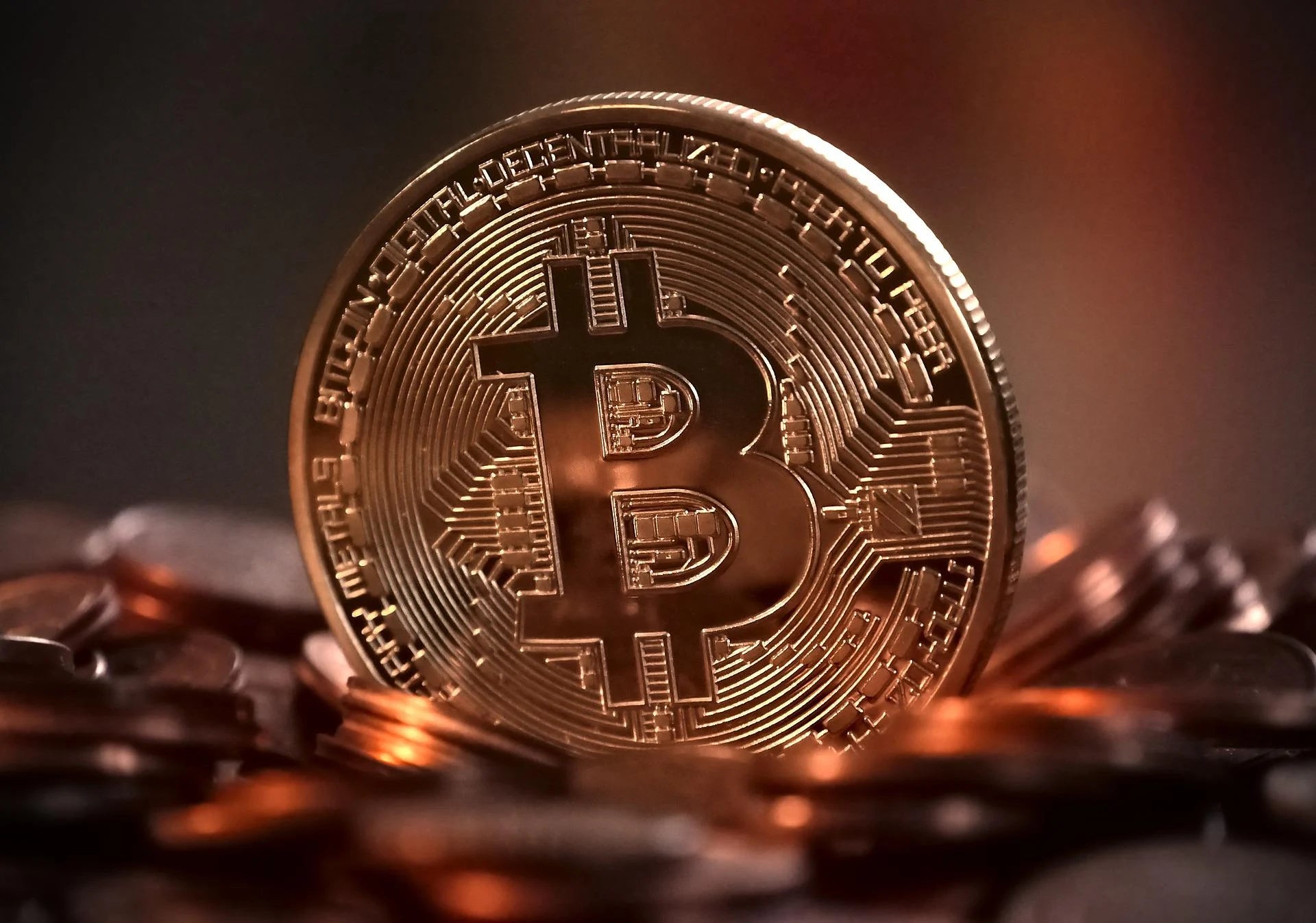
· By Jorge Guerrero
Unlocking the Power of Tokenization and Fractionalization: A Paradigm Shift in Asset Ownership
In the realm of digital innovation and blockchain technology, tokenization stands out as a transformative process that is reshaping traditional concepts of asset ownership and data security. At its core, tokenization involves converting assets into digital tokens, offering a practical solution to real-world challenges.
Fractionalization, a key aspect of tokenization, plays a crucial role in breaking down large assets into smaller, more manageable parts. This process opens up new possibilities and investment avenues by allowing broader participation in asset ownership. In the art world, tokenization enables multiple individuals to own fractions of a single artwork, addressing the issue of high-value asset inaccessibility. Additionally, NFT fractionalization paves the way for investment in digital and creative assets, democratizing ownership and enhancing liquidity in previously exclusive markets.
One of the key benefits of tokenization is its ability to safeguard sensitive data by replacing it with non-sensitive tokens. These tokens serve as placeholders, preserving essential elements for business operations while ensuring that the original data remains securely stored elsewhere. Unlike encryption, tokenization is irreversible, meaning that tokens have no mathematical link to the original data, making them useless to potential attackers. Even in the event of a system breach, sensitive information remains protected, highlighting the robust security measures that tokenization provides.
To illustrate this concept, consider a library where fragile historical documents are safeguarded using numbered tickets. Researchers can access the information represented by these tickets without compromising the original manuscripts. Similarly, tokenization acts as a protective layer for sensitive data, allowing businesses to process and utilize information without direct exposure to the original data. This “ticket” system ensures security by separating valuable assets from potential threats, ultimately enhancing business efficiency and data protection.
In conclusion, tokenization and fractionalization offer tangible solutions to traditional market limitations by democratizing asset ownership and enhancing data security. By employing these innovative mechanisms, assets that were once inaccessible to average investors become available, showcasing the practical applications and benefits of blockchain tokenization. Just as library tickets represent knowledge without exposing the original treasure, tokens unlock data utilization without compromising sensitive information, resulting in a win-win scenario for security and business innovation.
